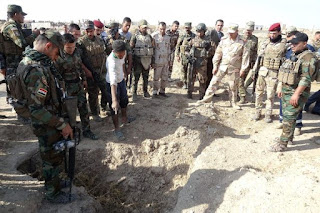WOMAN BECOMES FIRST FRONT LINE NURSE IN A WHEELCHAIR

A nurse has become the first in a wheelchair to work on the frontline of the NHS.Michelle Quested, 33, lost the use of her legs in a car accident seven years ago.
But the dedicated nurse was determined not to let her disability get in the way of her clinical work at Birmingham Children’s Hospital.
Quested made £1,800 worth of changes to her wheelchair in order to be able to work, supported by the Cavell Nurses Trust, before returning to the hospital’s neonatal cardiology ward.
‘I cannot find any other frontline nursing staff in the UK who use a wheelchair, after doing a lot of research,’ she said.
‘But nurses are born to be nurses – and I wasn’t going to let being in a wheelchair stop me.’
Quested qualified as a nurse in 2004, and started working at the children’s hospital soon afterwards.
However, she was involved in a car crash in 2010 – and four weeks later two of her spinal discs ruptured and crushed her spinal cord.

What changes did Michelle have to make to her chair?
In order to return to frontline nursing, Michelle had to:
Make the wheelchair battery-powered rather than push-powered, in order to lower the infection control risk: ‘I couldn’t have my hands touching the wheels before treating patients.’
Make the wheelchair narrower, so it’s easier to move around hospital equipment.
She said: ‘After the accident I was walking around for a month with back pain, but I didn’t think much of it because it was manageable and back pain as a nurse is an occupational hazard.
‘Then I began to lose the feeling in my legs. It happened when I was at work, and I didn’t know what was going on.
‘The pain in my back was excruciating. I went from walking normally to completely losing all sensation and movement in my legs within 24 hours.’
She underwent surgery and months of rehabilitation, but she could still only move her big toe. It was then that a consultant told her she was unlikely to ever be able to use her legs again.
It was after this frank discussion that Quested decided she would be ‘the best possible wheelchair user I could be’ – and decided to go back to work.
She first returned in May 2011, 11 months after her accident, as part of the educational team teaching student nurses.
But after a year she still wanted a more hands-on clinical role, and started doing some research into whether that would be possible.
Michelle uses a lift to get between floors in her flat.Then, after making the necessary modifications to her chair, she returned to frontline nursing in March 2016.
‘It took a lot of determination to get there, but I was so happy to return to my role,’ Quested said.
‘Whenever children ask me about being in a wheelchair, I tell them that I have poorly legs like they have a poorly heart, and it helps them to understand.
‘It does not faze them at all.’



Comments
Post a Comment